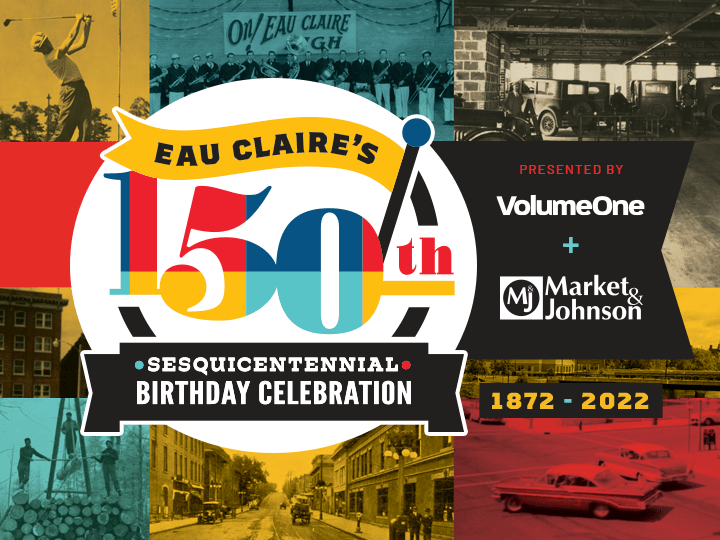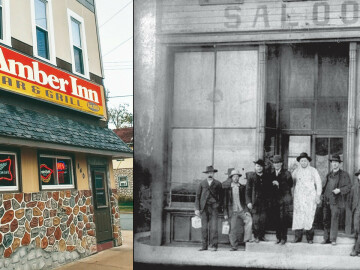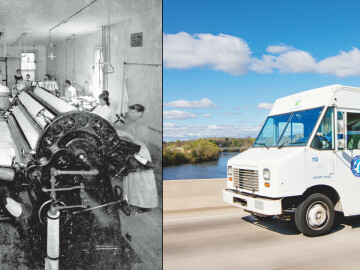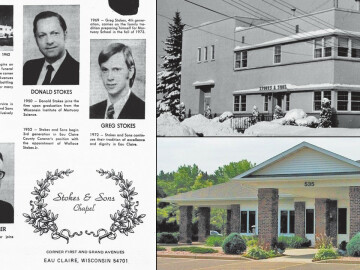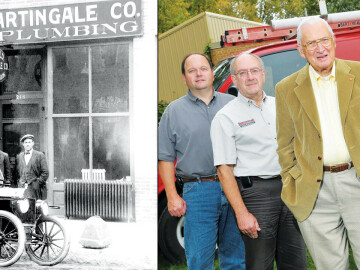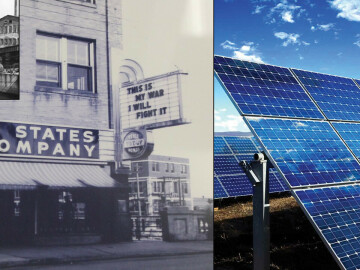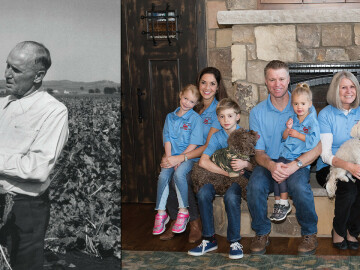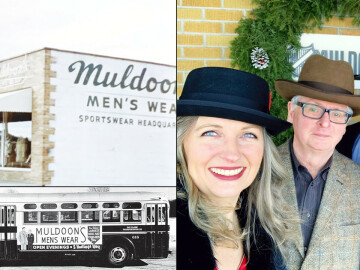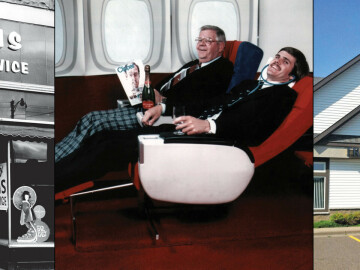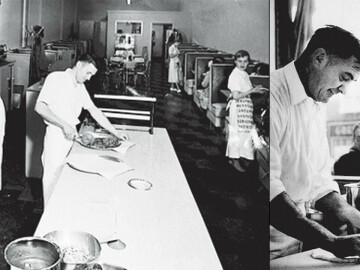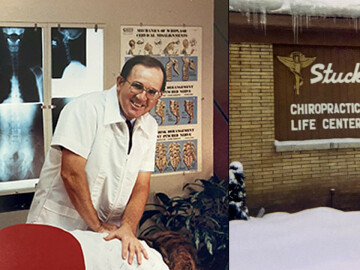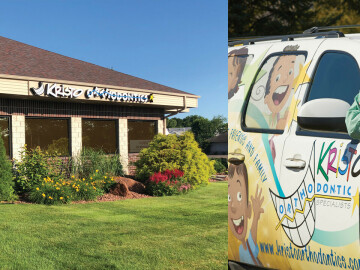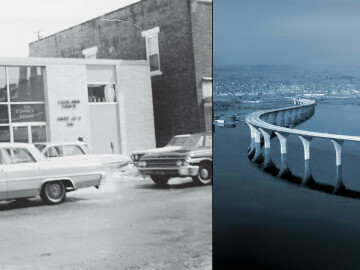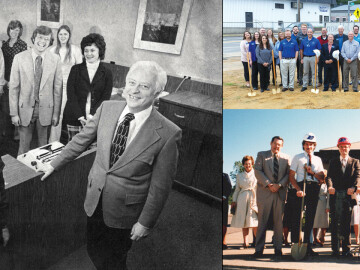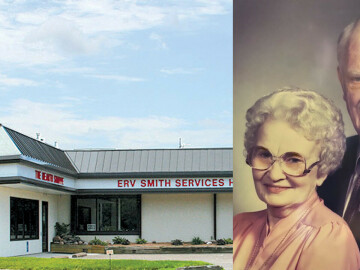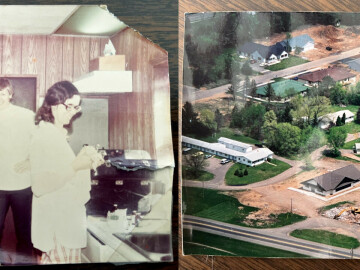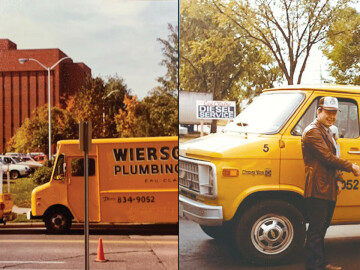Our Hometown: PBS Documentary Brings City’s Story Full Circle
public TV program explores many threads of E.C.’s history
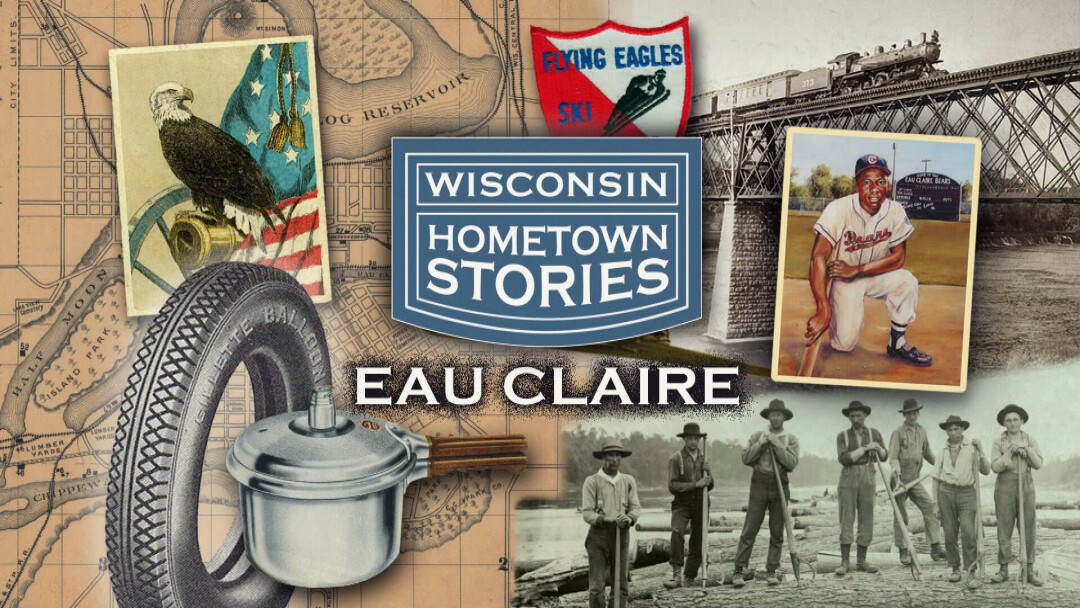
Speaking of confluences is a tempting – and maybe unavoidable – way of describing Eau Claire’s history. There are the two rivers of course, but also the blend of water and forest, old and new, tradition and innovation.
The PBS Wisconsin documentary, Wisconsin Hometown Stories: Eau Claire, adds a couple of additional confluences to the mix. It notes that Eau Claire was born at the crossroads of two ecosystems: hardwood and pine forests to the north and east and buffalo- and elk-filled prairies to the south and west. It was also along the disputed border of lands inhabited by the Dakota and Ojibwe tribes.
The hour-long program, produced in cooperation with the Wisconsin Historical Society, provides a narrative connecting these and other threads across Eau Claire’s 150-plus year history, from the era of its original inhabitants to the present day. The documentary debuted in 2018 at a screening at the State Theatre in downtown Eau Claire – a venue that itself is now part of the city’s past.
Among other things, the documentary examines Eau Claire’s birth amid the logging boom, the legend of Civil War mascot Old Abe, the city’s long tradition of ski jumping, the story of Hank Aaron’s “Summer Up North” with the Eau Claire Bears, the decline in manufacturing, and the contemporary, creativity-driven reinvention of the community through the arts.
It may be a challenge to encapsulate a city’s history in just 60 minutes, but Wisconsin Hometown Stories: Eau Claire does a compelling job.
Wisconsin Hometown Stories: Eau Claire is available for purchase on DVD at The Local Store and the Chippewa Valley Museum, and can also be found online at pbswisconsin.org.

